The medical terminology for difficulty swallowing is...
What is dysphagia?
PERRLA stands for what?
What is pupils equal, round, reactive to light, and accommodation?

Assign the appropriate word from the following list to the three labeled lines: caries, cheilitis, buccal, polyp, uvula, rhinitis, and papillae.
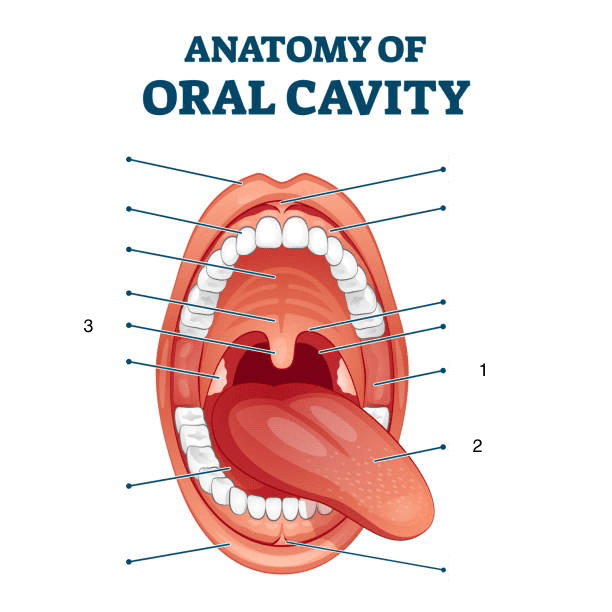
What are 1. buccal, 2. papillae, and 3. uvula?
What test is represented in Image A? Image B?
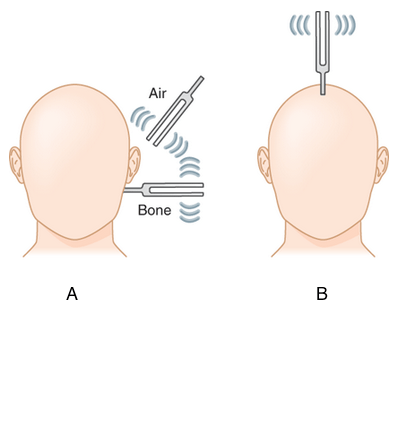
What are A. Rinne and B. Weber?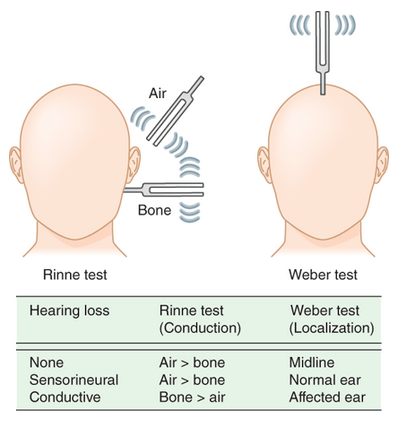
A patient comes in saying their optometrist diagnosed them with diplopia, and they don't know what that means. What would you tell this patient they have in layman's terms?
What is double vision?
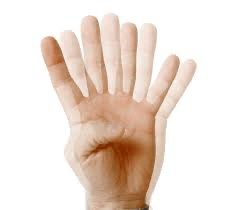
The medical terminology for a nosebleed is...
What is epistaxis?
The thyroid gland is enlarged bilaterally in the neck of a 50-year-old woman; which maneuver would be your next most appropriate?
A. Check for deviation of the trachea.
B. Continue with the examination; this is an expected finding in a menopausal woman.
C. Listen for a murmur over the aortic area causing thyroid enlargement.
D. Listen for a bruit over the thyroid lobes indicating increased blood flow.
What is D. Listen for a bruit over the thyroid lobes indicating increased blood flow?
Name three of the external eye structures that should be included in your physical examination.
What are
• General Appearance
• Eyebrows
• Eyelids and Lashes
• Eyeballs
• Conjunctiva and Sclera
• Lacrimal Apparatus?
You are assessing a 79-year-old woman in a residential facility. Which of the following would most likely be present?
A. Hypertrophy of the gums.
B. An increased production of saliva
C. Decreased ability to identify odors
D. Finer and less prominent nasal hair
What is C. Decreased ability to identify odors?
A 64-year-old woman states she has no problems hearing and is able to repeat all 6 numbers/letters presented on the whispered voice test. During otoscopy, her eardrum looks more white and more opaque than you have seen in a younger adult. Your next appropriate response would be to:
A. Ask her if she feels "isolated" in family groups.
B. Consider conductive hearing loss and refer her to an audiologist.
C. Proceed with the exam, as this is a common finding in aging.
D. Ask if she has been hit on the side of her head in the past.
What is C. Proceed with the exam, as this is a common finding?
You tell a patient you are going to perform the Hirschberg Test. How would you describe this exam to the patient?
Example: "The corneal light reflex test lets healthcare providers check your eye alignment using light reflecting on your corneas. All it takes is a dim room and a penlight. This test is simple, painless and takes just a moment or two."
Further description:
How does the corneal light reflex test work?
A healthcare provider doing the Hirschberg test looks for a small point of reflecting light on the surface of your eyes. If your eyes align properly, the reflection will appear in the same spot on both corneas.
What should I expect during the test?
Before a provider or eye specialist does the corneal light reflex test, they’ll dim the lights in the room. That makes it easier for them to see the reflection on your corneas. Once the lights are dim, your provider will sit in front of and facing you with a small light in their hand. They’ll have you look at the light. While you do, they’ll look closely at your eyes to see the positioning of the reflection.
What would you grade these tonsils? 
What are 3+?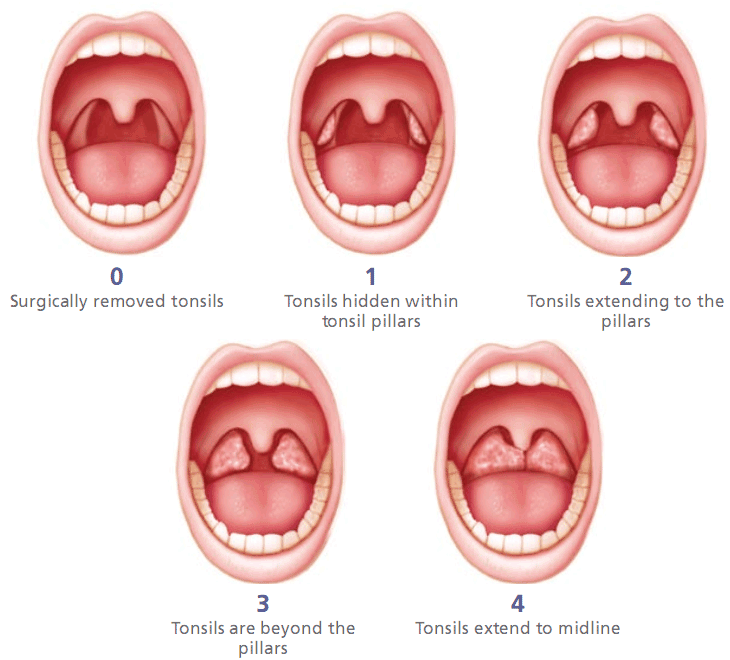
Label at least three of the following lymph nodes.
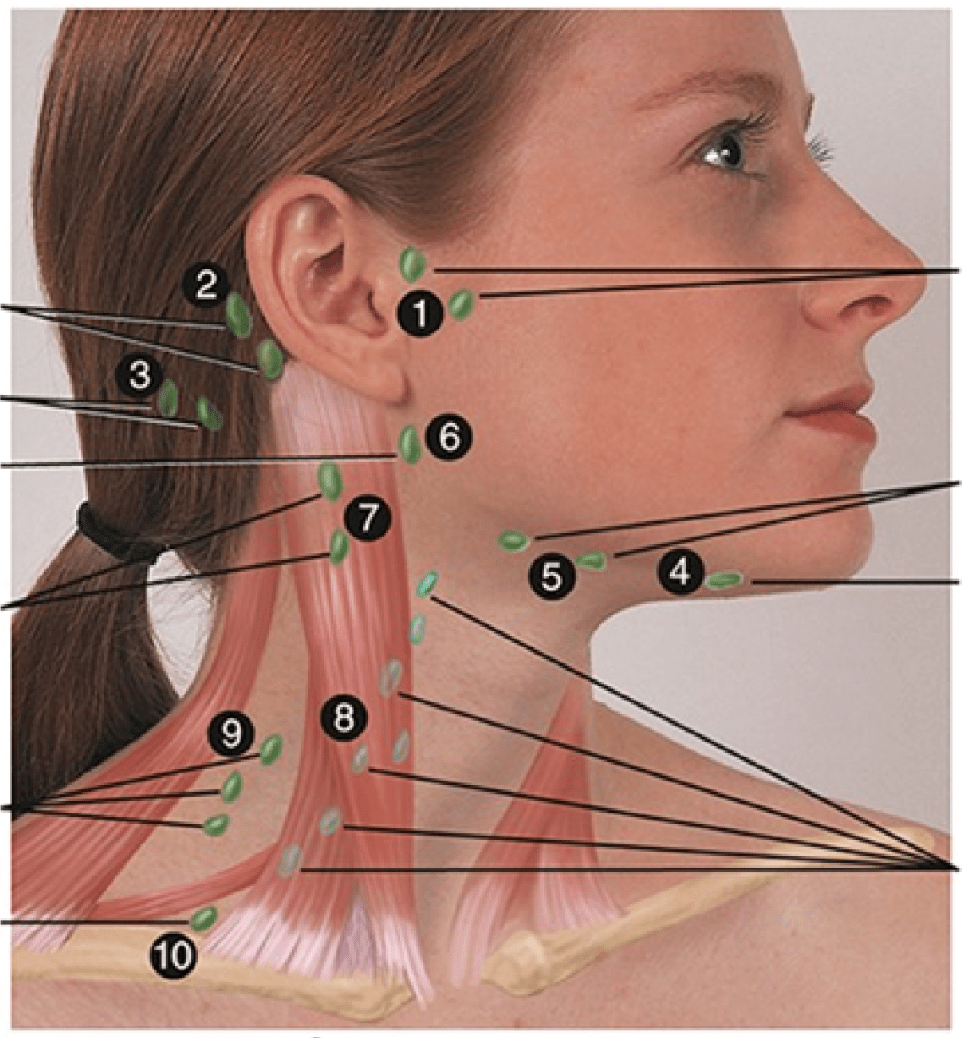
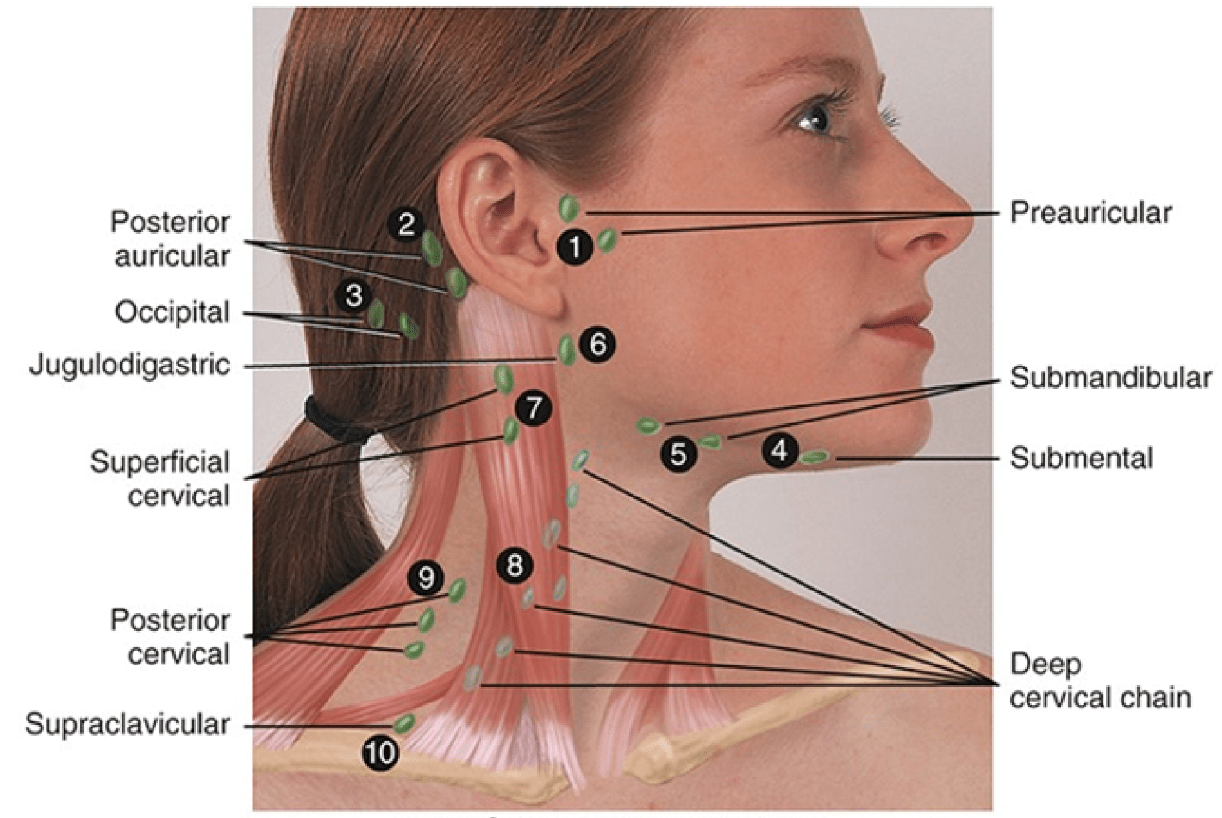
A 25-year-old woman has been blind in her left eye since birth. What response would you expect in her pupils when the right eye is illuminated by a penlight beam?
A. No response in both pupils.
B. Both pupils constrict.
C. Right pupil constricts; left has no response.
D. Left pupil constricts; right has no response.
What is B. Both pupils constrict?
During inspection of a patient's nares, you observe a deviated septum. What is your next most appropriate action?
A. Request a consultation with an ENT.
B. Proceed with the examination; this is not significant unless airflow is obstructed.
C. Teach the person what to do if a nosebleed should occur.
D. Explore further because polyps frequently accompany a deviated septum.
What is B. Proceed with the examination; this is not significant unless airflow is obstructed?